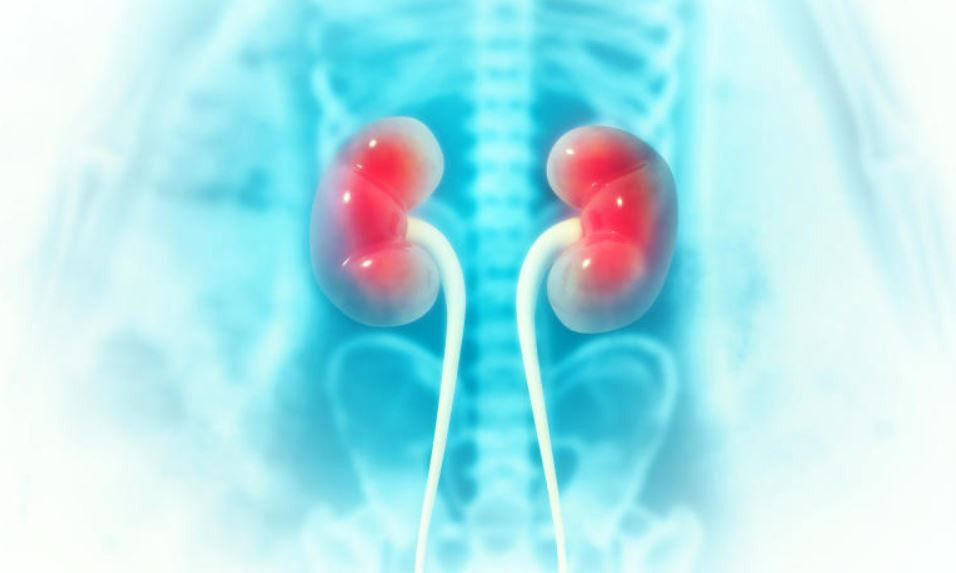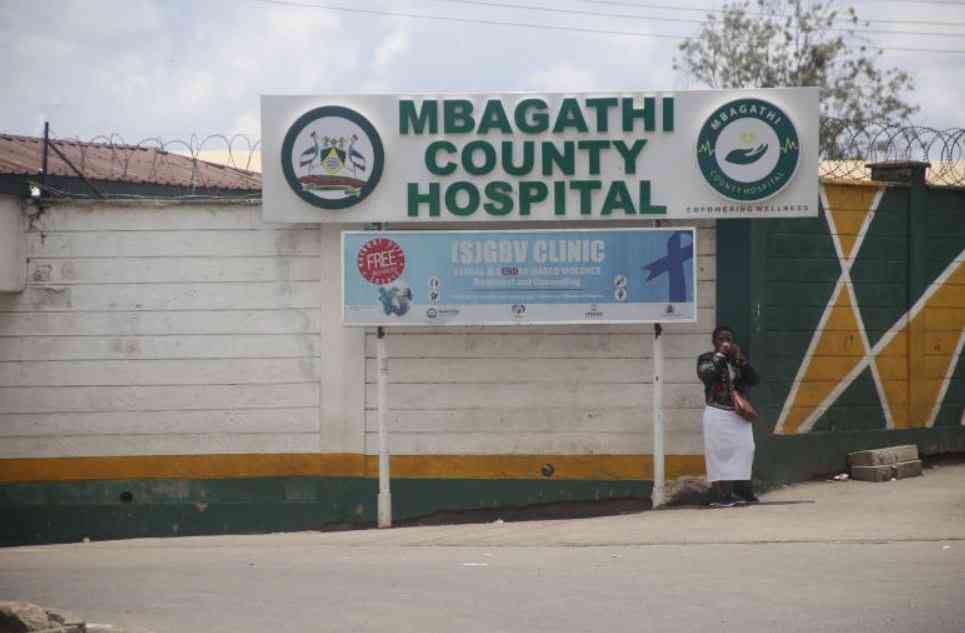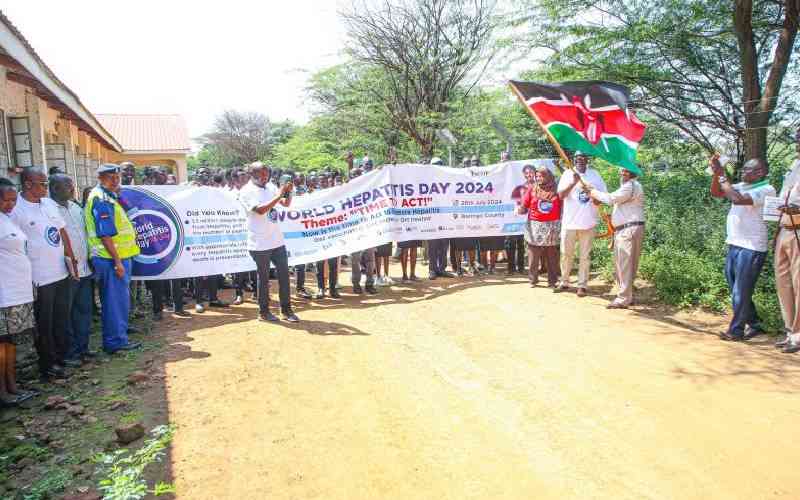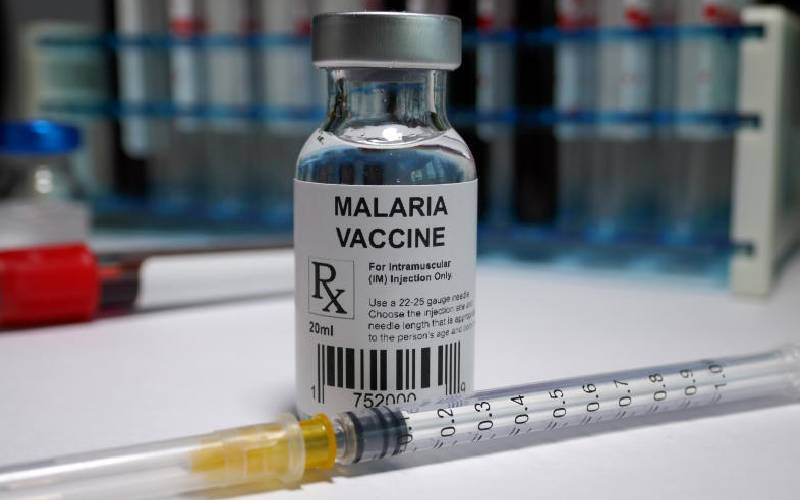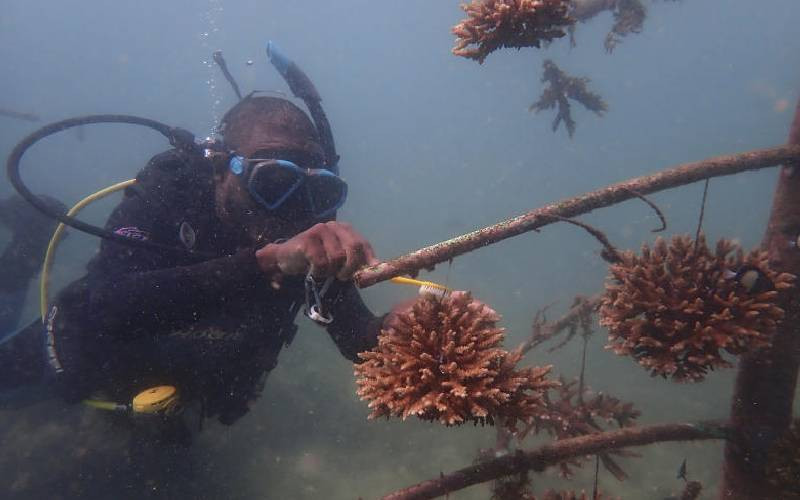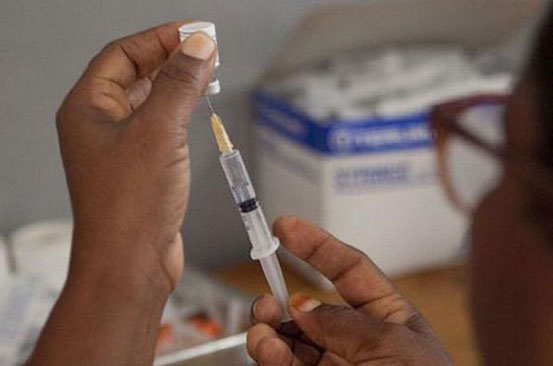
At the height of Obama mania, a significant announcement was made by the Kenya Medical Research Institute (Kemri) in the fight against malaria.
On JulyI 24, drug and research company GlaxoSmithKline submitted the first malaria vaccine for approval by the European Medicines Agency and the World Health Organisation.
Locally, researchers involved in the trial of the vaccine, which will be marketed under the brand name ‘Mosquirix’, said the initial trials show it to have a 30 per cent success rate.
This means that of the 500,000 annual global deaths attributed to malaria, a possible 150,000 could be prevented. “This is a welcome addition to the fight against malaria. It is not the silver bullet and a lot still needs to be done for it to be mass-administered. But this is definitely a move in the right direction,” Dr Waqo Ejersa, head of Kenya’s Malaria Control Unit, said.
According to the manufacturer, the vaccine uses the AS01 adjuvant system, and works by preventing the parasite from infecting, maturing, and multiplying in the patient’s liver. The vaccine also aims to trigger an autoimmune response when the parasite first enters the bloodstream. During the trials, the vaccine was delivered in three doses, one month apart.
No malaria vaccine has been developed before. “Because of this, any vaccine that promises some immunity for such a large and vulnerable population represents an advance in the battle against one of the world’s biggest killers,” GSK said.
The eternal endeavour by researchers and scientist to develop a cure or a stop-gap measure to curb the spread of this deadly virus has led to the development of previously successful prevention measures such as the use of mosquito nets and more rudimentary methods such as the clearing of grass patches and drainage of stagnant pools.
However, the malaria prevention debate cannot be discussed away from the previously effective and later banned use of dichloro diphenyl trichloroethane — commonly known as DDT — that was successfully used to eradicate the disease three decades ago.
Western countries are on record as having used DDT to successfully eradicate the parasitic disease in some instances. But just how effective was DDT? And why was it banned?
The Second World War saw the US lose many troops to malaria. As a result, the then administration in conjunction with the private sector (Rockefeller Foundation) funded an eradication programme that hugely relied on the fumigation of American households with DDT. And by 1951, WHO notes, America had successfully eradicated malaria.
The same method was replicated in Asian and some European countries. Data from the World Health Organisation shows that the malaria prevalence rates in Sri Lanka, Greece and Italy fell noticeably during the DDT years. Through this method, South Asian countries reduced their malaria burden from three million cases in 1946 to less than 8,000 five years later. But as world health and humanitarian bodies tried to make this malaria war global, enthusiasm from the leading powers soon faded as complications related to DDT use became apparent.
One of the issues invoked by groups like the Food and Agriculture Organisation (FAO) as the most urgent crisis facing humanity was overpopulation. In its first food security survey, FAO argued that the rapid increase in population came about, at least in part, due to the decreased mortality rate from diseases like malaria.
At the 1969 World Health Assembly, WHO urged governments to stop trying to eradicate malaria and instead try to live with it. The ban had a knock-on effect, the re-emergence of the disease. WHO estimates global control programmes to cost $9 billion. Translation; malaria is big money business. So how will the newly- approved vaccine play this big money field?
“What people need to understand is that it will take some time before the vaccine is readily available. It might take as long as three years before the necessary approvals are granted,” Dr Paul Mwaniki of the Pharmaceutical Society of Kenya told KTN in an interview.
“And even after this, the vaccine will still have to be used in conjunction with other prevention strategies.”
Because of this, the status quo will be somewhat maintained. Treatment will still need to be administered. Mosquito nets will still have to be distributed. The ‘M’ in malaria might still stand for ‘money’ in some quotas.
However, Mosquirix offers fresh hope. “It has a 30 per cent success rate. This means lives will be saved. And that counts for a lot,” Patrick Okanya, a microbiologist and lecturer at the Technical University said.
Globally, a child dies from malaria every 30 seconds. In Kenya, KEMRI says 25 million people are at risk of malaria at any given time. A burden borne by the country’s health facilities where 30 to 50 per cent of all outpatient cases are malaria-related, and 20 per cent of all admissions are malaria cases. Each year, 170 million working days are lost.
Over centuries and through various eradication campaigns, malaria has not let up.
Every so often its deathly march is staggered in some parts of the world. But in others, particularly in impoverished nations, its ravages persist. However, tangible hope springs eternal in Mosquirix. Through it, a previously unchecked march will be considerably slowed down and hopefully, Mosquirix will lay the marker for second or third generation derivatives that will finally halt a disease’s murderous trudge.
The vaccine now awaits a pre-qualification and then a recommendation from WHO. But as due process is followed researchers remain forever optimistic. “We are definitely winning this war,” Dr Ejersa said.
 The Standard Group Plc is a multi-media organization with investments in media
platforms spanning newspaper print
operations, television, radio broadcasting, digital and online services. The
Standard Group is recognized as a
leading multi-media house in Kenya with a key influence in matters of national
and international interest.
The Standard Group Plc is a multi-media organization with investments in media
platforms spanning newspaper print
operations, television, radio broadcasting, digital and online services. The
Standard Group is recognized as a
leading multi-media house in Kenya with a key influence in matters of national
and international interest.

